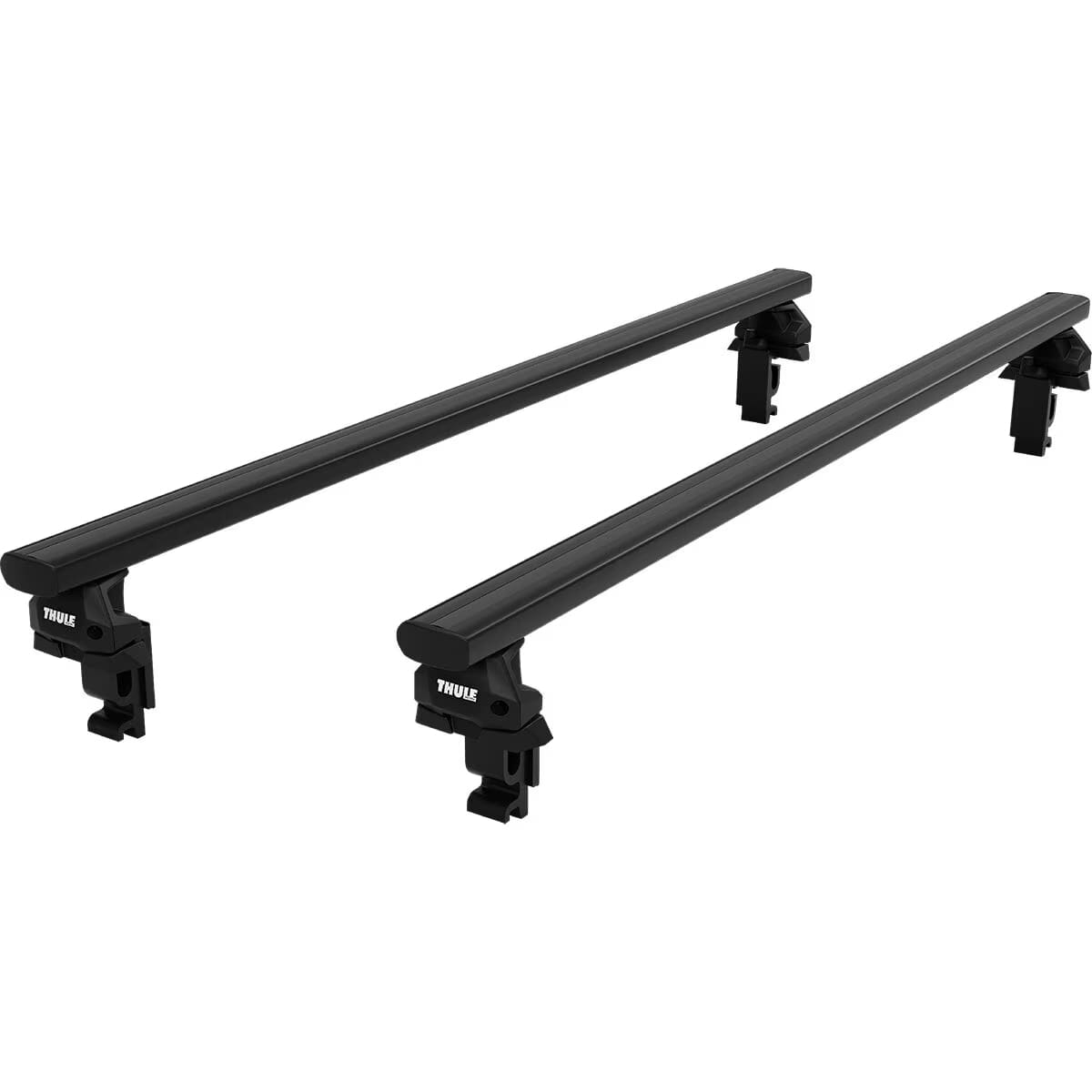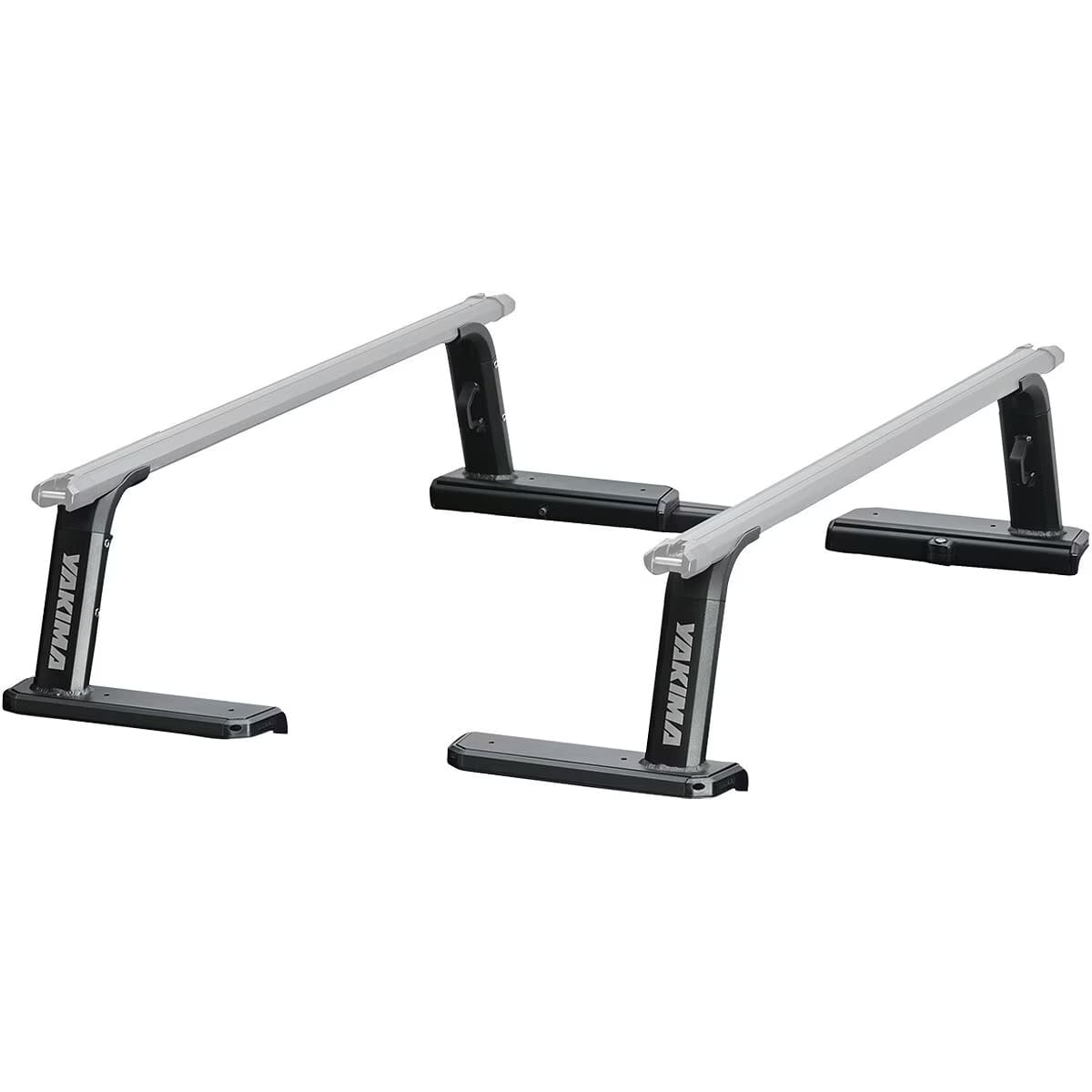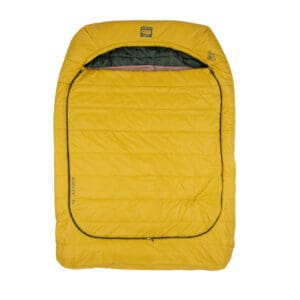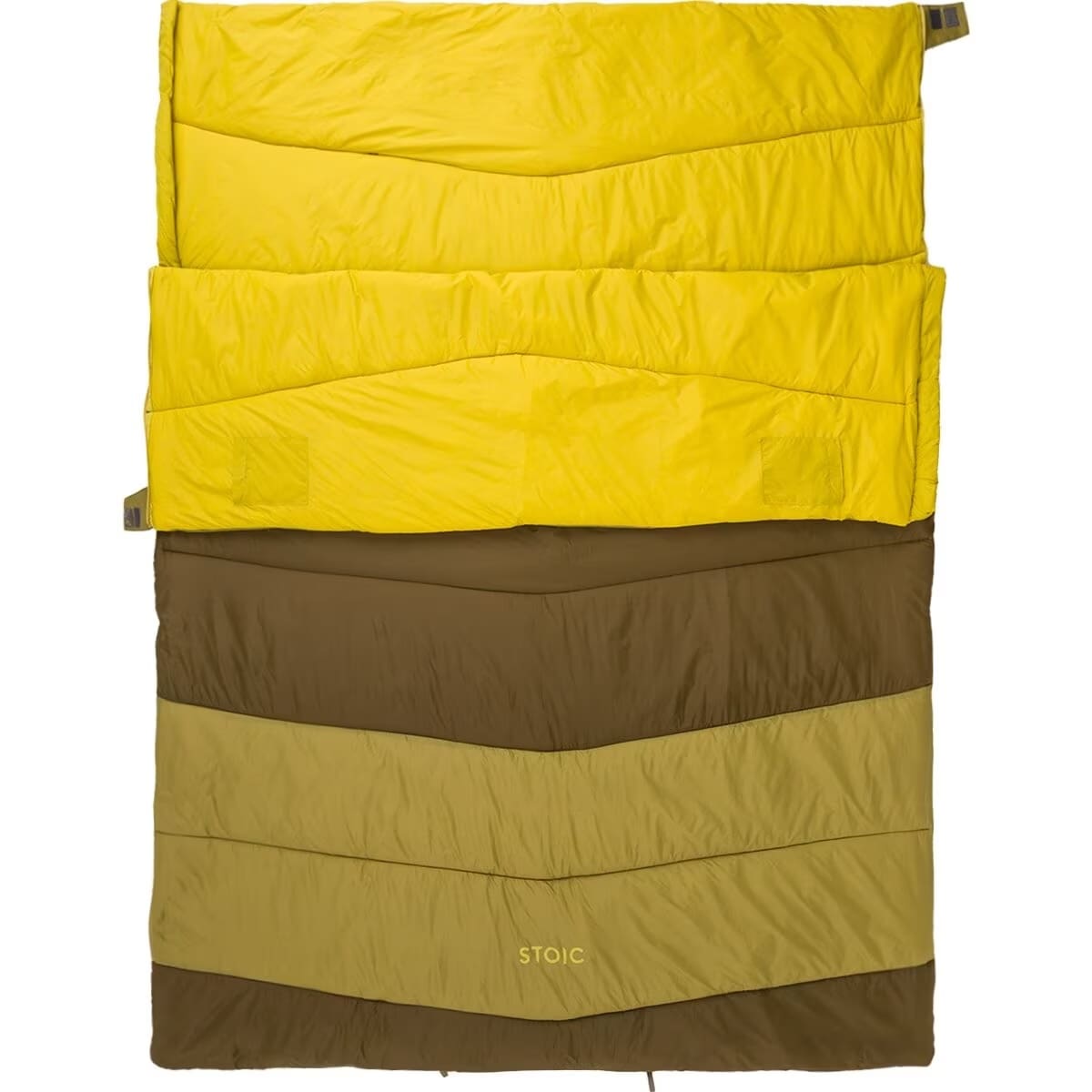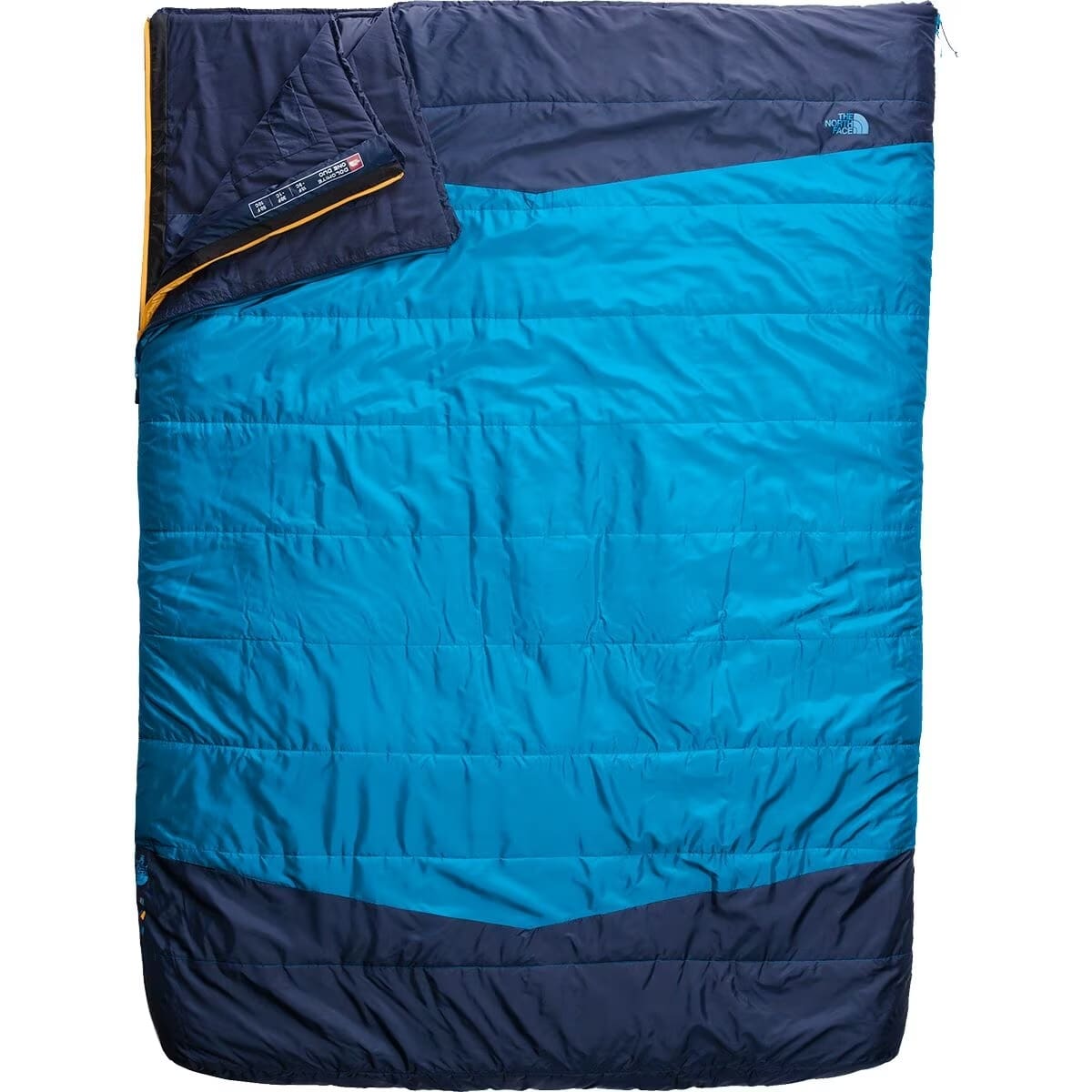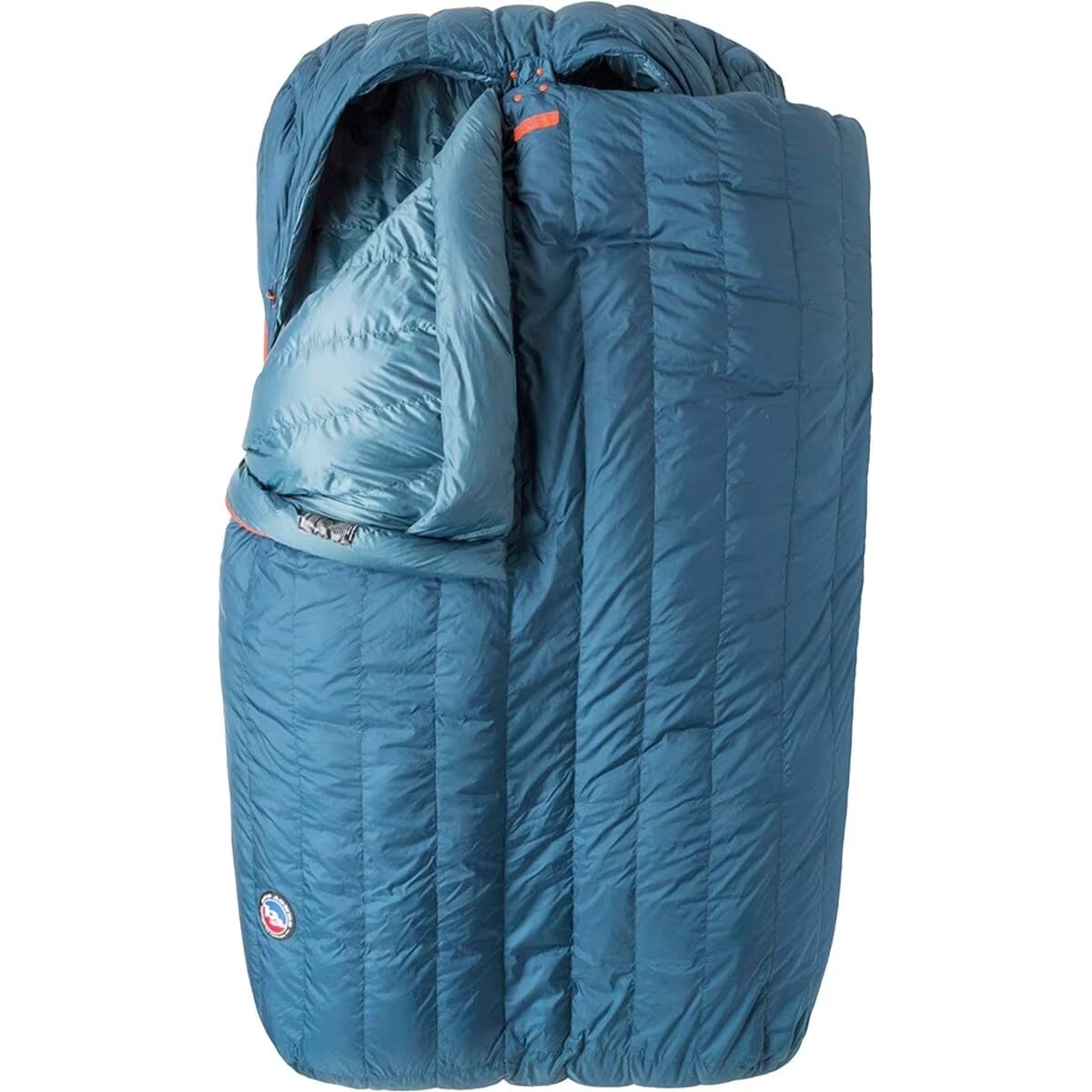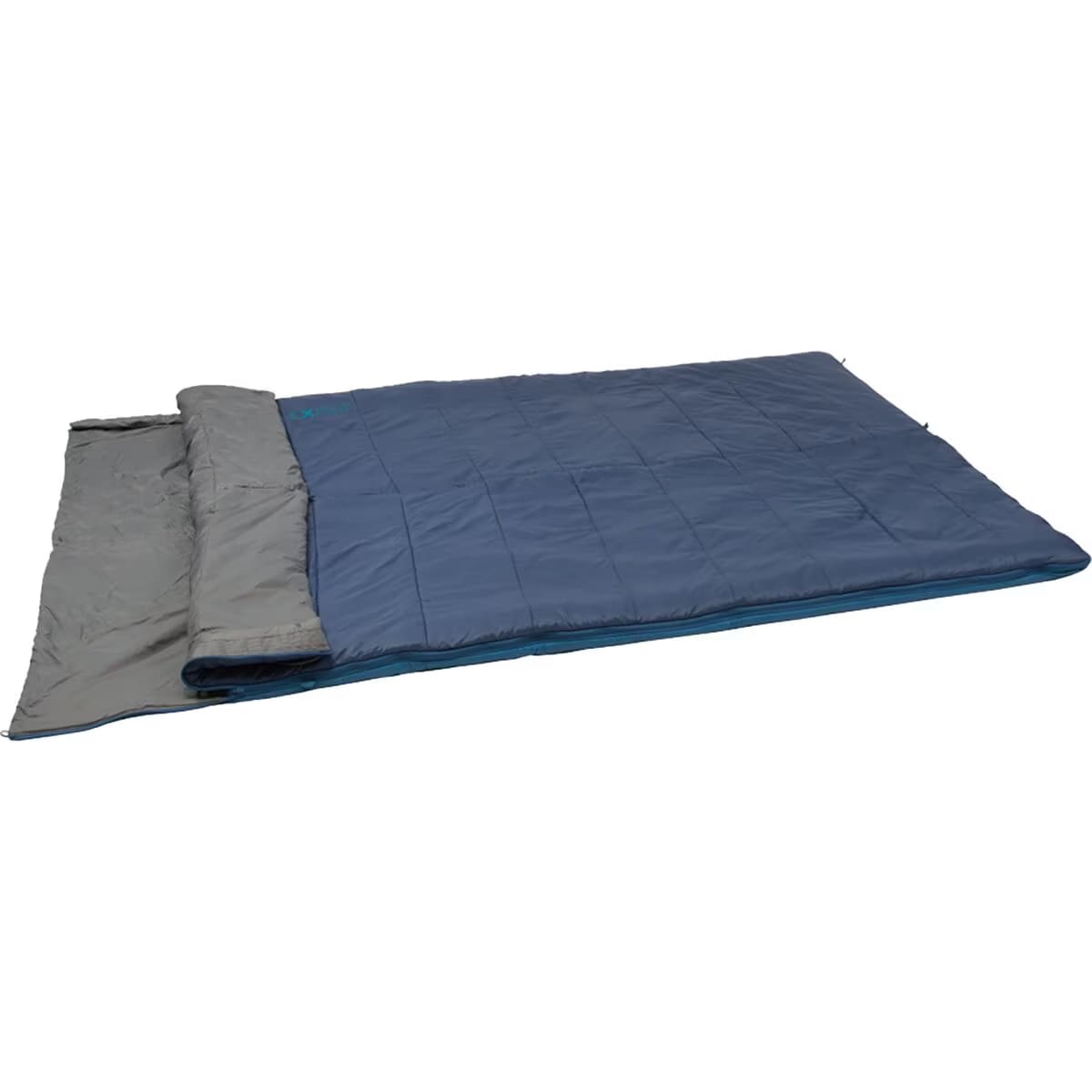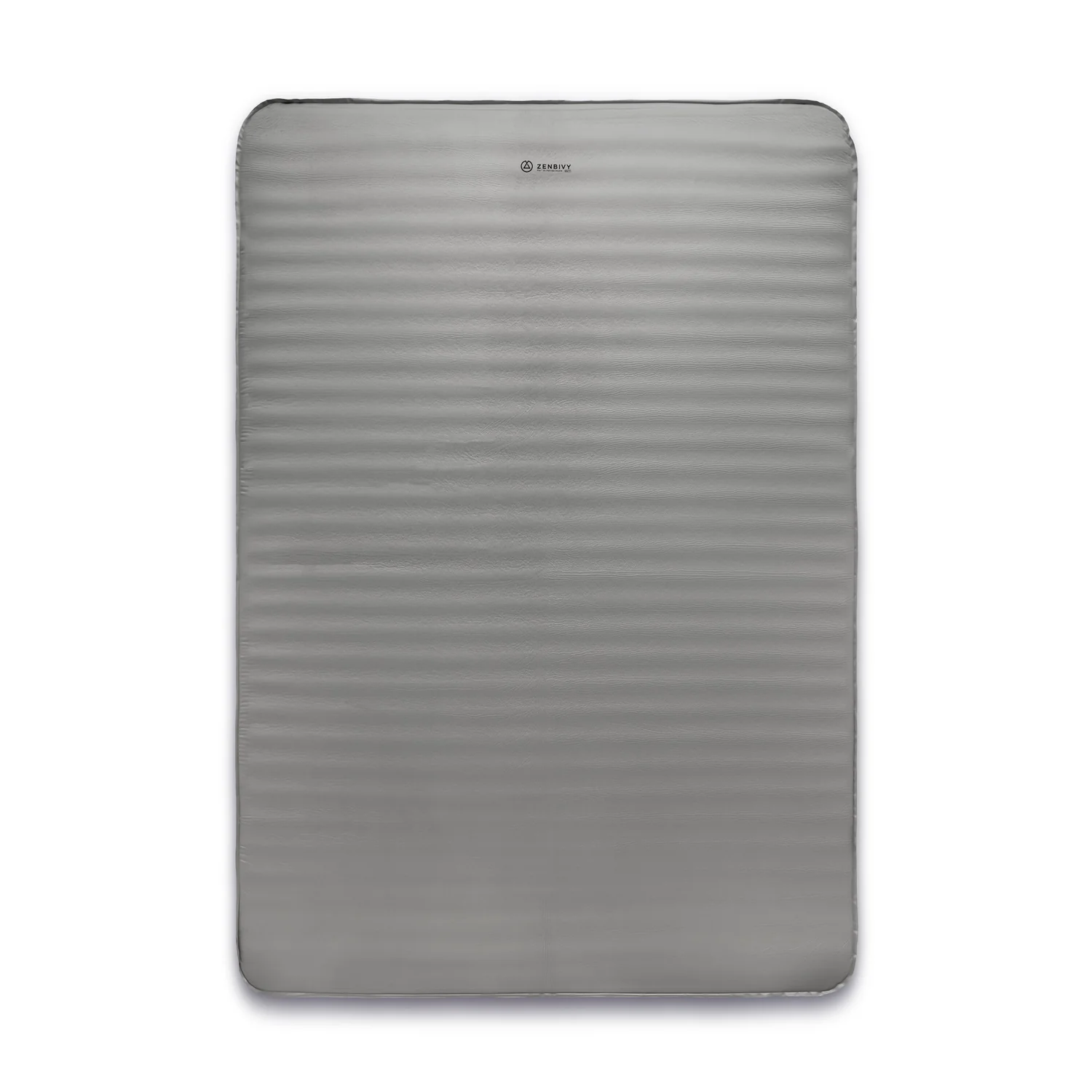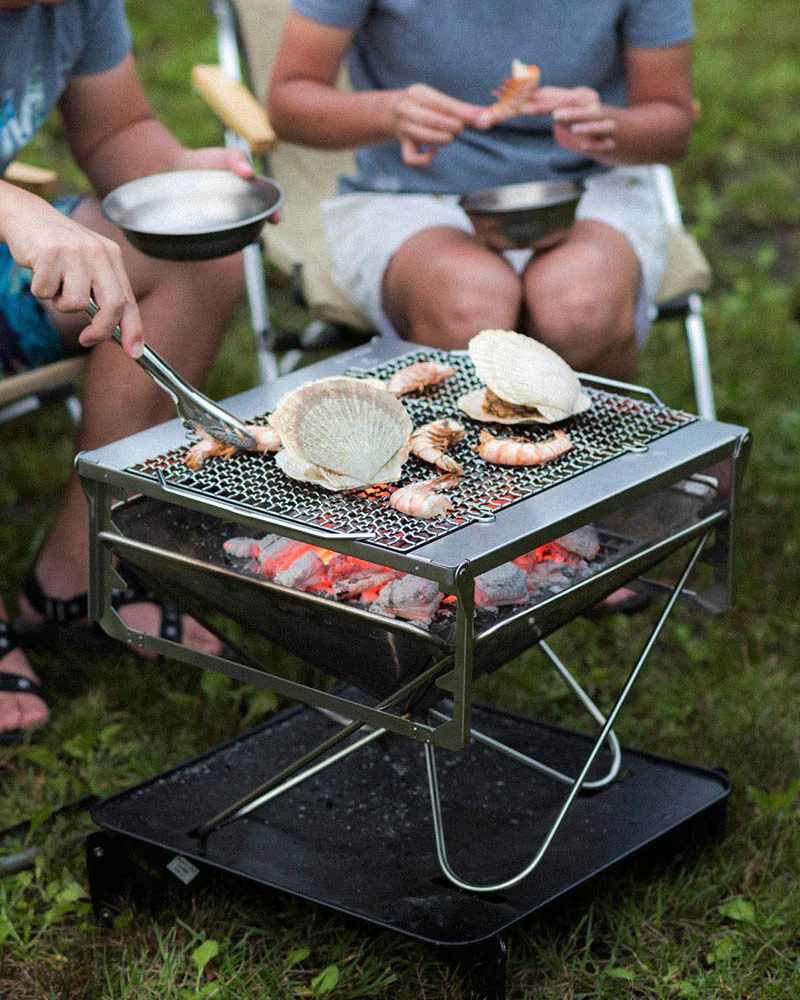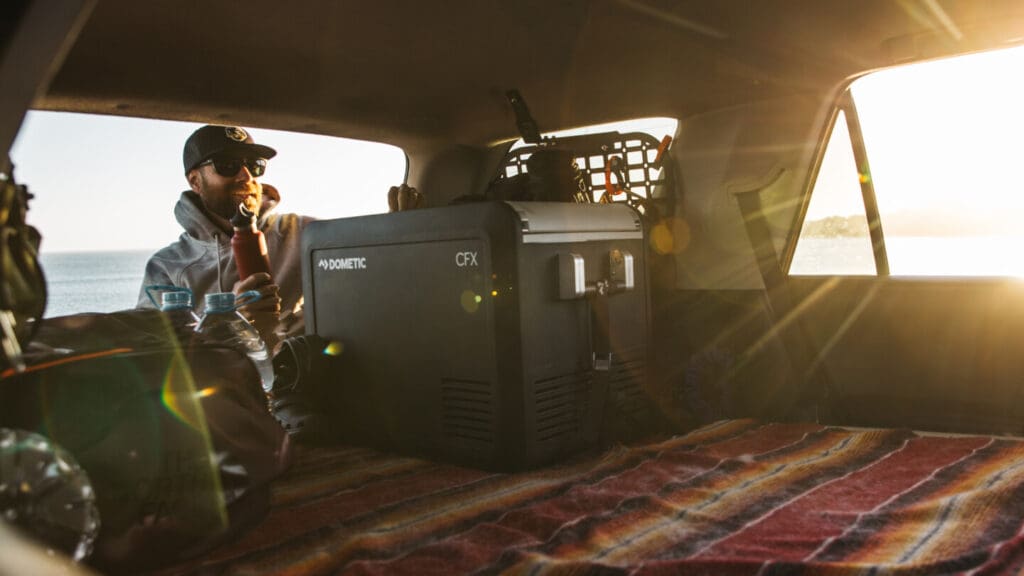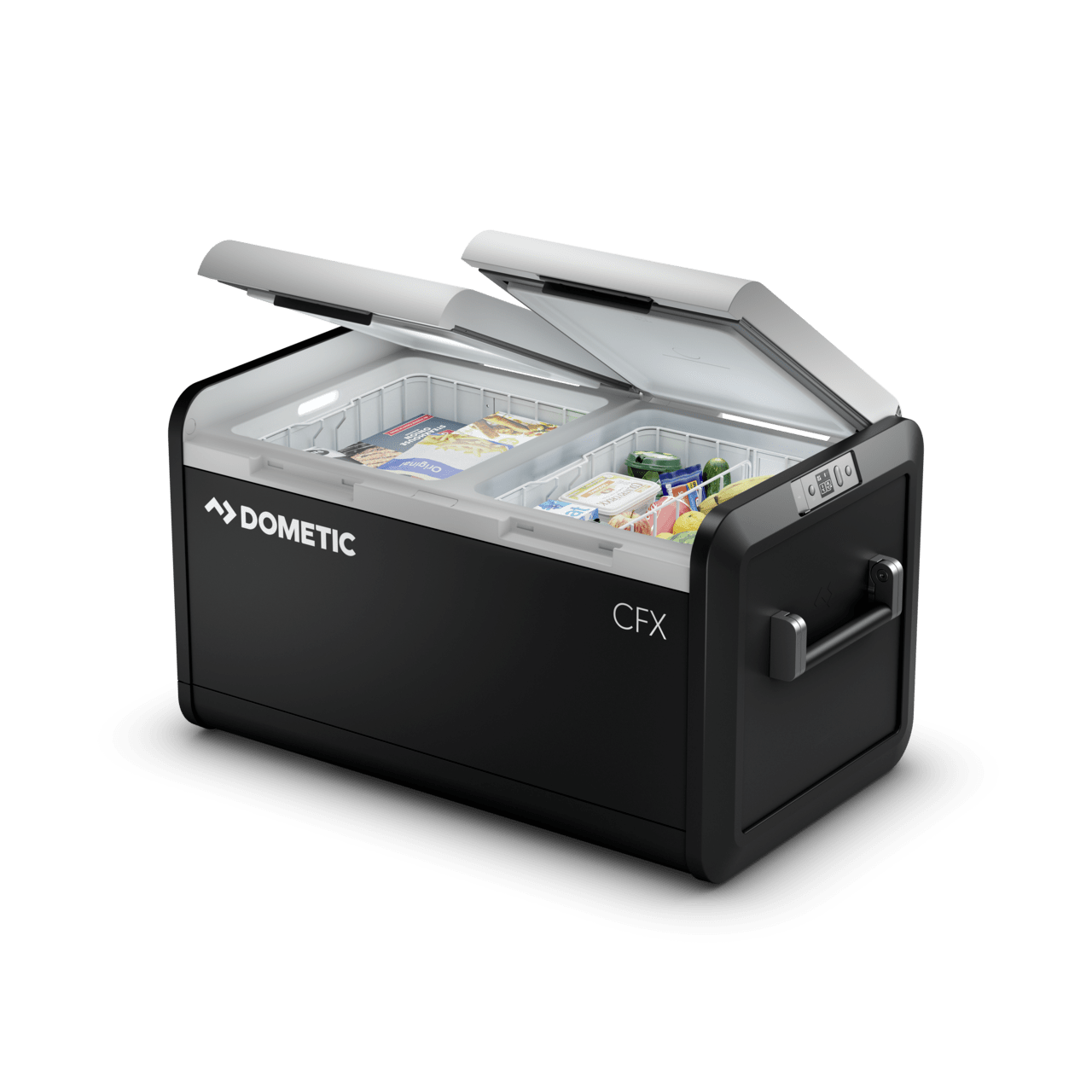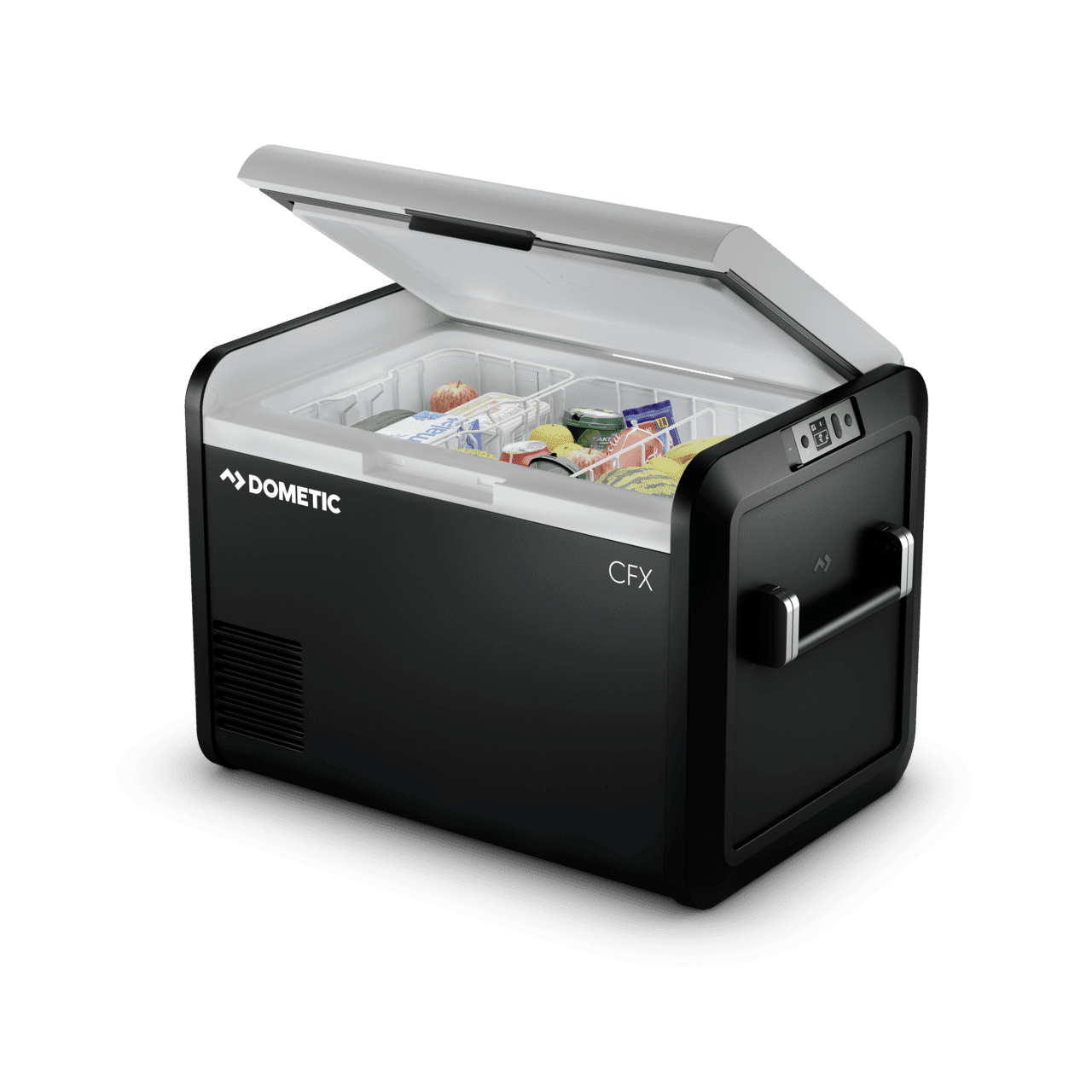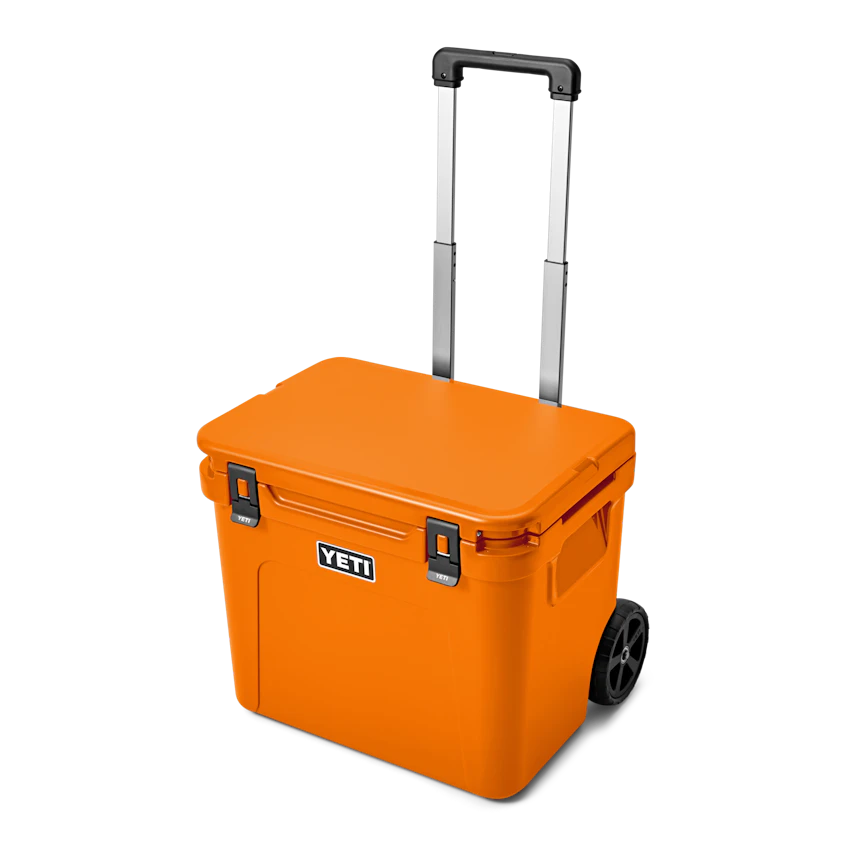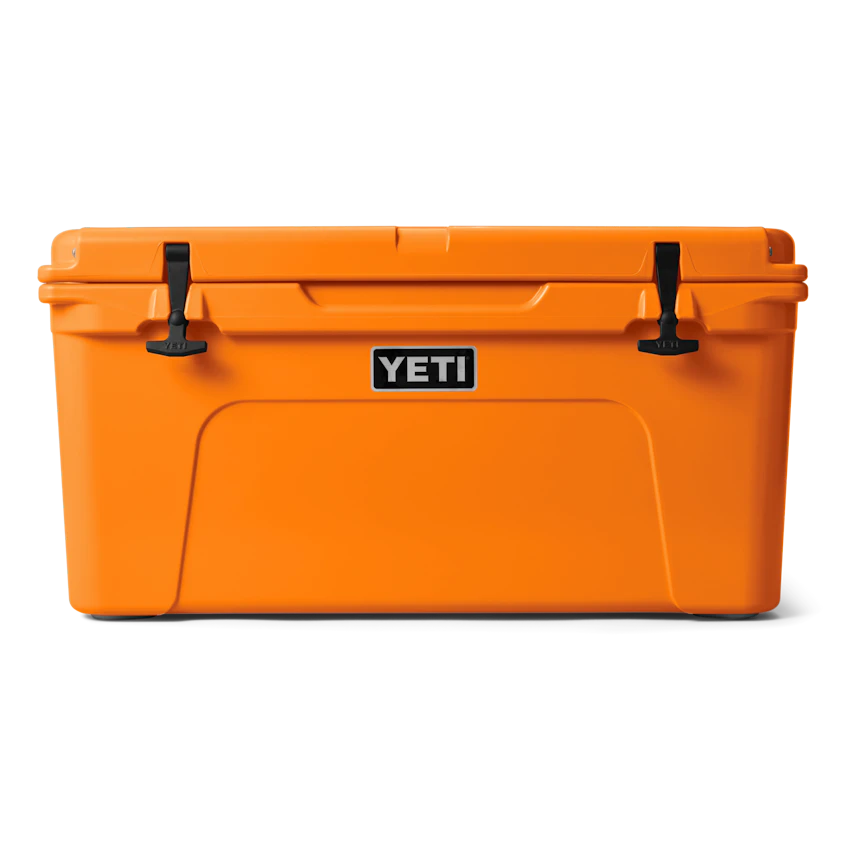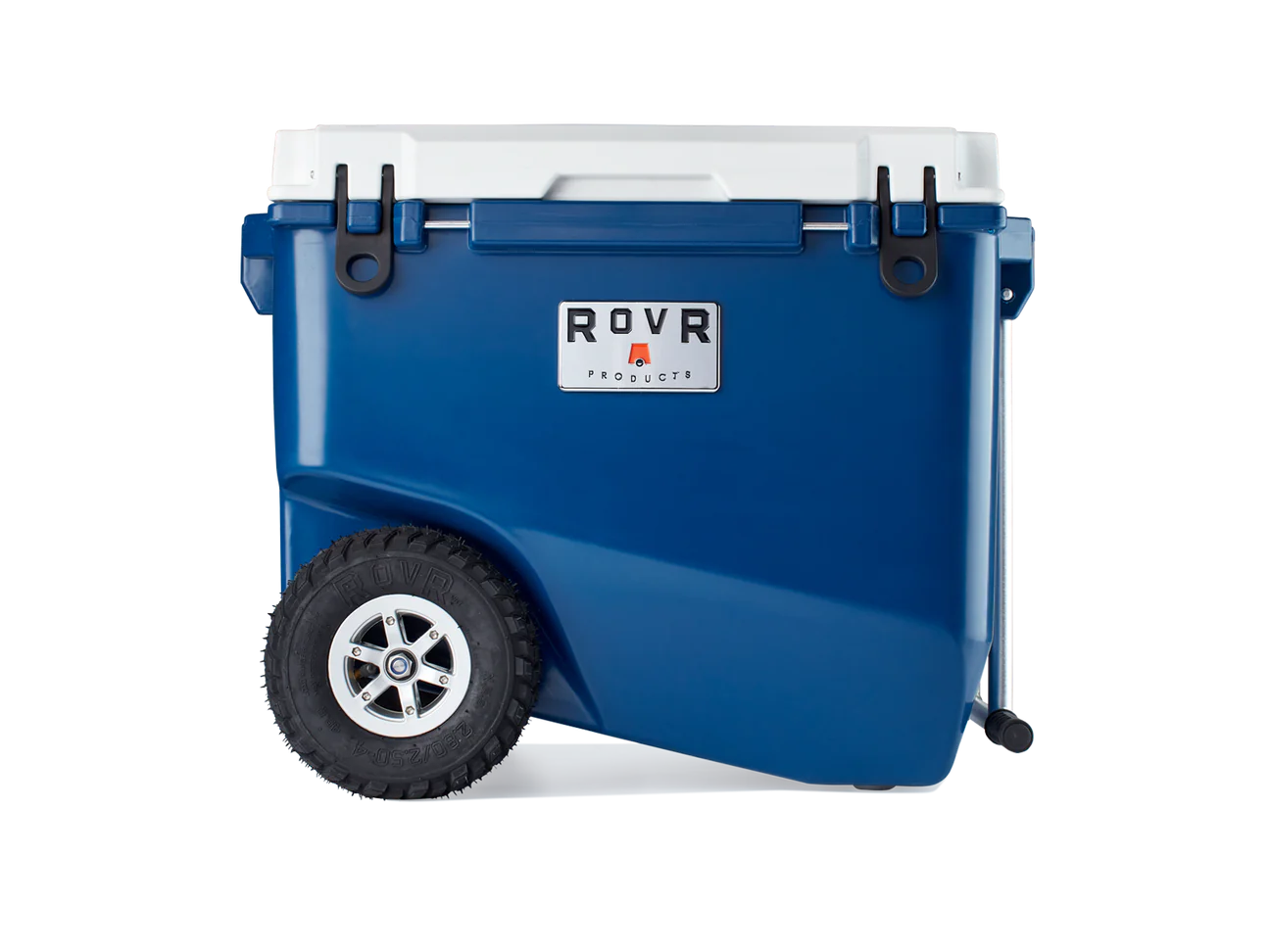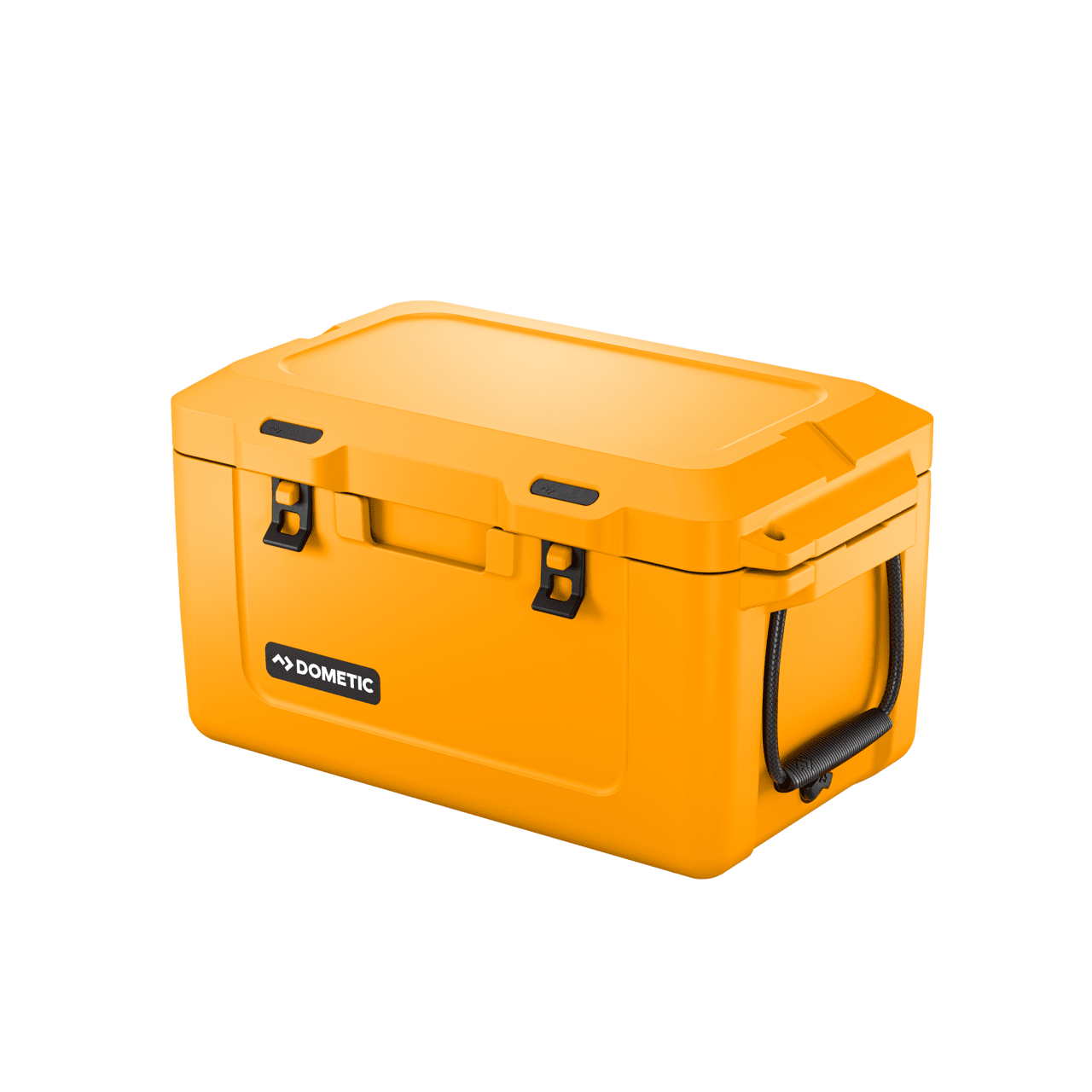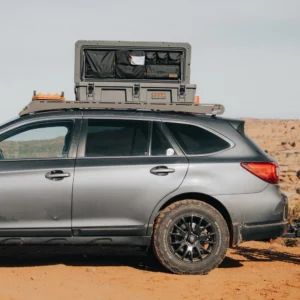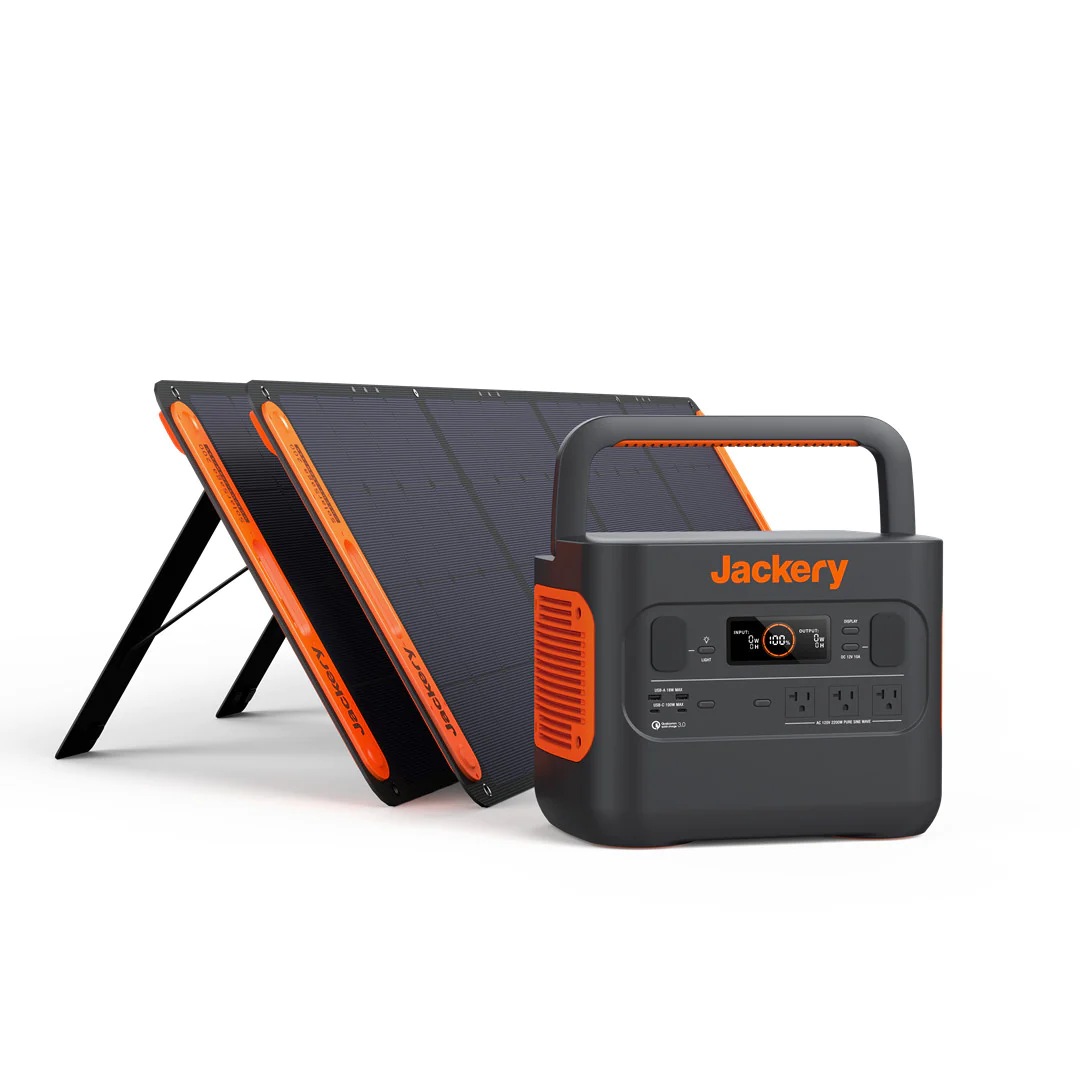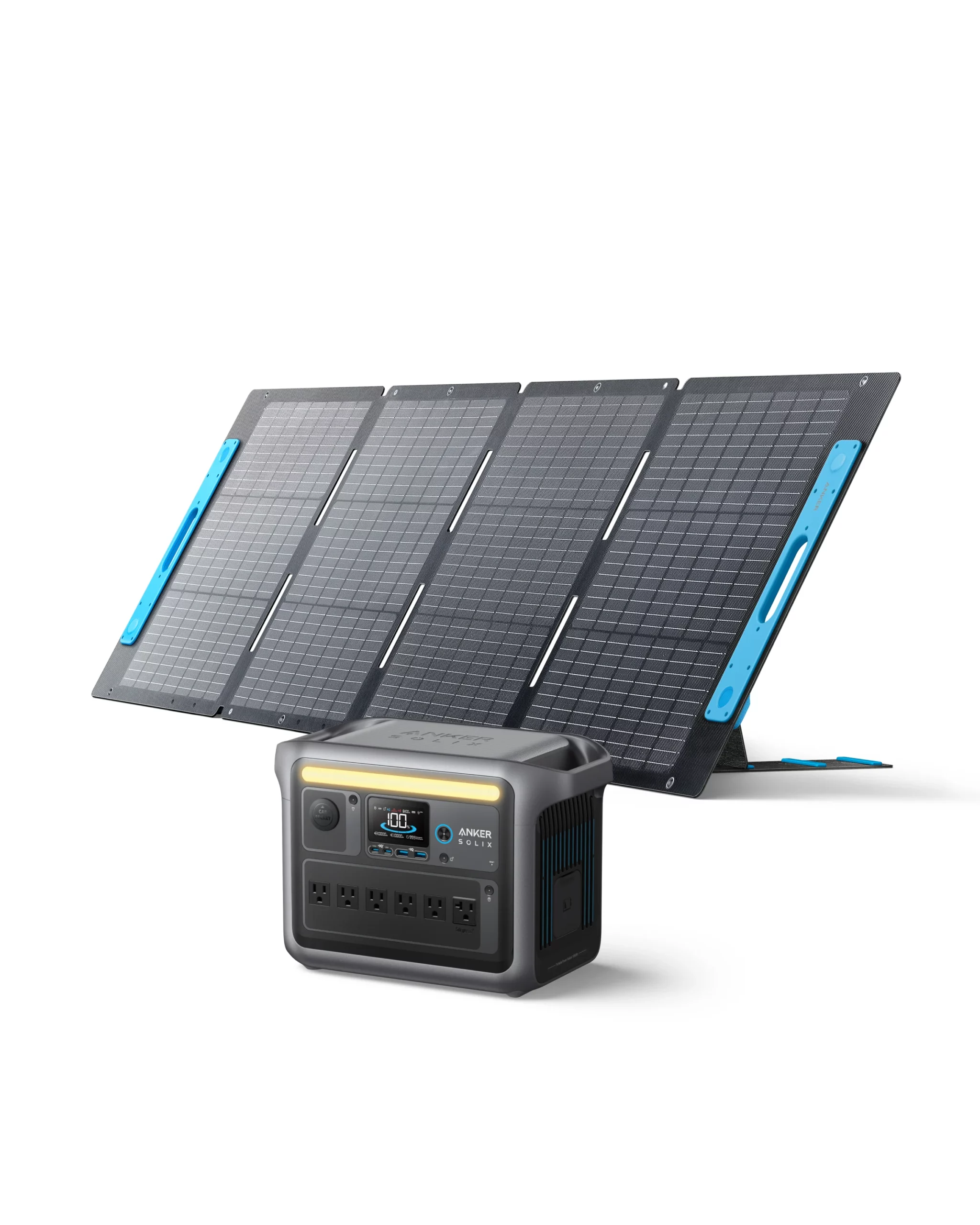Unleash the wanderlust within by overland camping. Experience endless horizons and leave paved roads behind. Don’t skimp on comfort – pack all necessary tools and luxuries for remote camps. Check out our Skyblue Guide to Overland Camping today!
There’s an endless expanse of terrain to discover, especially if we’re willing to leave the comfort of paved roads behind. Outfitting our vehicle with modifications allows for plenty of space to pack more equipment. While a minimalist approach is an option, we never regret loading our rig with all the necessary tools and luxuries when we set up camp in a remote location.
Embarking on an overlanding journey requires strategic packing of all your gear, both inside and atop your vehicle. It’s like backpacking, but with the added thrill of bringing your vehicle along for the adventure.
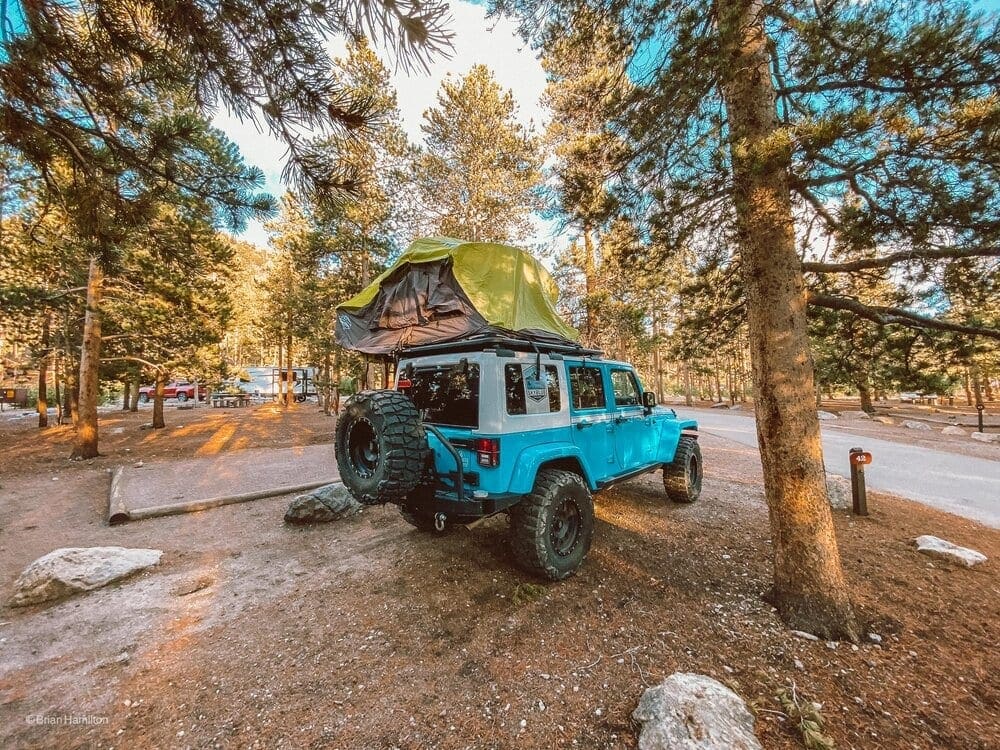
Skyblue Overland’s Roof Top Tent open at Rocky Mountain National Park, Colorado.
Table of Contents
Article Navigation: Click on any of the listed items in the table of contents below to jump to that section of the article. Similarly, clicking on any large, white section header will jump you back to the Table of Contents.
- Choosing A Rooftop Tent
- Choosing A Rack
- Choosing An Overlanding Sleeping Bag
- Choosing A Sleeping Pad
- Choosing An Overlanding Camp Stove
- Choosing An Overlanding Cooler
- Choosing Overlanding Storage Solutions
- Choosing Overlanding Power Options
Choosing A Rooftop Tent
Investing in a high-quality rooftop tent is a wise decision, as it will withstand years of adventures and continue to be a reliable shelter. For overlanders, a rooftop tent can greatly enhance outdoor experiences by providing an elevated and comfortable sleeping space. This is especially beneficial for camping on rugged terrain or in areas with potential wildlife encounters. Your rooftop tent will become your home base while exploring nature, so it’s important to carefully consider your options.
How do you determine the best choice for your needs? If you’re in the market for a rooftop tent for your overlanding adventures, it’s important to consider factors like weight, setup difficulty, longevity, and capacity. Additionally, be sure to confirm that your vehicle’s roof rack can safely support the combined weight of the tent and its occupants before making a purchase.
Here are some additional factors to keep in mind on your exhilarating journey towards the perfect rooftop tent.
Soft Shell Tents
The soft shell tents are as easy to set up as unfolding a pop-out book. The setup process takes about 3-5 minutes, depending on whether you use the rain fly or not. When they are packed away, these tents tend to be bulkier than their hard shell counterparts, which can affect the aerodynamics of your vehicle or make it challenging to park in a garage. However, they do offer a more budget-friendly option for those looking for a tent.
Hard Shell Tents
When it comes to hard shell tents, the word that immediately comes to mind is “streamlined.” When packed up for travel, they have a much slimmer profile compared to soft shell tents. This reduced height has less impact on aerodynamics and makes it easier to park at home. A sturdy plastic cover acts as both a protective shield when closed and a wind barrier when opened. Although hard shells may be more expensive, they are incredibly quick and simple to set up (usually around 1 minute depending on the specific tent).
Best Rooftop Tent For Overlanding
For outdoor enthusiasts and overlanders in search of durability and spaciousness, the Condor Overland 2 ($3,745) rooftop tent by Roofnest is an excellent option. Its recent redesign has resulted in improved materials, a sturdier build, and a feature-packed interior. While this tent offers a wide range of comprehensive features not typically found in other rooftop tents, it also comes with added complexity. The queen-sized sleeping area unfolds from a compact footprint, and the reinforced shell is coated with durable Line-X material that can also accommodate optional crossbars. Inside, there have been significant upgrades such as a designated duffel for storing sleeping bags and a comfortable 2-inch one-piece true memory foam mattress.
The latest version of this product boasts significant improvements, such as two HVAC ports for temperature control, three dimmable LED lights for both inside and outside lighting, a six-pocket gear grid for organization, privacy-enhancing blackout tent material, updated windows that can be opened in three different ways, and heavy-duty latches that can be locked. The Condor 2 can comfortably accommodate two to three people and weighs 155 pounds. Check out this video for a detailed look at all the features of the product.
Get the Roofnest Condor Overland 2
Additional options for both hard-shell and soft-shell tents that are portable and versatile.

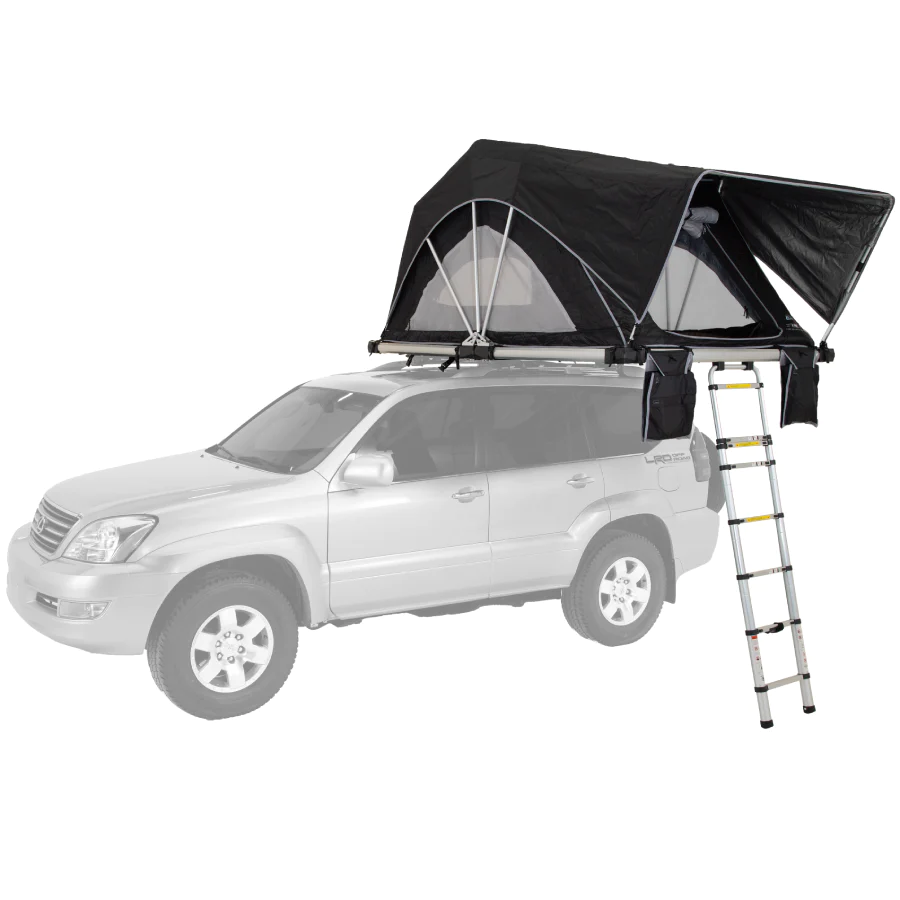




Choosing a Rack
Although the factory mounts on your vehicle may be suitable for carrying a bike, they are not strong enough to hold a rooftop tent.
When selecting a rack for your vehicle, the first and most important step is to ensure its compatibility. For instance, if you drive a crossover, a rack designed for pickup truck bed rails will not suffice.
Secondly, consider the weight capacity of the rack. Take into account the weight of your rooftop tent, along with your weight and that of any other occupants or equipment you plan on bringing along. It is recommended to round up as you add these weights in order to determine the minimum weight capacity needed for your rack.
Although our top pick is specifically designed for pickup trucks, there are other excellent options available as well. Check out the runners up section for racks compatible with different types of vehicles.
Best Truck Rack For Overlanding
The Thule Xsporter Pro Aluminum Truck Rack Plus Load Stops ($1,049.95) is a reliable choice for those needing to support the weight of a rooftop tent, typically around 100-200 pounds. With Thule’s long-standing reputation in the rack industry, it’s hard to find an alternative that can match its quality. The sturdy construction of this rack allows for a maximum weight capacity of 450 pounds, and its bed rail installation makes setup a breeze. We appreciate the adjustable bar heights, which allow us to make room for extra gear when switching between overlanding and mountain biking trips.
Get the Thule Xsporter Pro Aluminum Truck Rack
If you don’t have a pickup truck, don’t worry! Our runners up offer even more options for racks.
Choosing An Overlanding Sleeping Bag
Selecting the perfect sleeping bag for overlanding adventures is no easy task. Whether we’re going on a week-long trip or just a weekend getaway, we always approach it as a well-deserved vacation. To ensure a comfortable and luxurious experience, we invest in top-notch sleep systems that keep us warm and cozy at night, making us excited to snuggle in and wake up to breathtaking big-sky sunrises every morning.
When it comes to bedding for overlanding, it all boils down to what you prefer personally. However, there are a few general guidelines that can help ensure a good night’s rest in the great outdoors. As with any camping trip, bring bedding that will keep you warm in case temperatures drop below the expected nighttime low.
Using traditional sheets and blankets will give you a sense of being at home, especially in environments where the night temperatures are similar to those indoors. In colder weather, a standard mummy or double sleeping bag provides necessary thermal insulation to keep you warm throughout the night.
It’s important to remember that a sleeping bag’s temperature rating is not based on comfort, but rather on survival. If the forecast predicts temperatures in the 30s, it’s best to pack a bag with a rating of 15-20 degrees to ensure both safety and comfort while camping.
Best Overlanding Sleeping Bag
The Kelty Tru.Comfort Doublewide Sleeping Bag ($197.95) offers unbeatable comfort and plenty of space. This all-season sleeping bag boasts a 20° rating, made possible by a unique double blanket system that allows for temperature regulation. The top section can be zipped off for cooler summer nights. Plus, the inner layer is split in half, so you and your camping partner can have your own separate blankets without any fighting.
Whether you’re feeling hot or cold, this versatile sleeping bag has got you covered from freezing cold to sweltering heat. No matter what type of climate you encounter on your camping trips, the Tru.Comfort Doublewide is the perfect companion for a cozy night’s sleep.
Get the Kelty Tru.Comfort Doublewide Sleeping Bag
Still searching for a different sleeping bag option? Look no further, there’s space for more!
Choosing A Sleeping Pad
The first time you stretch out in your brand new rooftop tent, you may experience either pure joy or complete discomfort depending on the quality of the built-in mattress. If the one that came with it is causing you to lose sleep—or if you’re planning on taking a traditional tent on your overland adventure—make sure to add a sleeping pad to your packing list.
We have plenty of space in our vehicle, so we don’t mind bringing along a larger and more comfortable sleeping pad. For overlanding, we recommend double-wide pads for snuggling, self-inflating ones for easy setup, and highly insulative options for camping in any weather conditions.
Best Insulated Sleeping Pad
Don’t have a comfortable mattress in your truck bed or tent? Don’t worry, NEMO has you covered with the Quasar™ Double Insulated Sleeping Pad ($279.95), their plushest four-season offering that provides home-like comfort no matter where you lay your head.
Thanks to the generous insulation and body-hugging design, we’re kept warm throughout the night while staying centered on our pad. As a newly added addition to their collection, Quasar offers gentle cradling and a raised head baffle to keep you centered on the pad all night long. It even acts as a headboard to hold your camp pillow in place. Lightweight, durable, and packable, Quasar is the perfect versatile choice for any adventure.
But that’s not all – we are also making strides towards sustainability with Quasar being NEMO’s first sleeping pad made with bluesign® approved materials. The 30D polyester ripstop is constructed from 100% recycled post-consumer materials, providing both comfort and peace of mind. Plus, our custom Laylow™ zero-profile valves and included Vortex™ pump sack make inflation and deflation a breeze while allowing for micro-adjustments for ultimate comfort.
Get the Nemo Equipment Quasar™ Double Insulated Sleeping Pad
Not interested in our top choice and don’t want to miss out? No worries, there’s still plenty of comfortable support for everyone.
Choosing An Overlanding Camp Stove
Even the smallest of indulgences can make a big difference when living on the open range. That’s why we invest in high-quality cookware and portable kitchen equipment. When selecting a stove for our faraway overlanding trips, we prefer one with multiple propane burners, making it easier to prepare elaborate meals or handle multiple tasks at once. We also prioritize stoves with precise dials and a high BTU output (at least 10k), allowing us to control the temperature and replicate a comfortable home cooking experience.
Best Overlanding Camping Stove
The Camp Chef Everest 2X Stove ($189.99) is a reliable and efficient option for outdoor cooking. With two powerful 20k BTU burners, it can handle multiple dishes at once. Its compact design and folding lid make it easy to transport. The redesigned Everest 2X Mountain Series Stove still has all the features of the original, including matchless ignition and temperature controls. Our favorite feature is the integrated drip tray for quick cleaning. The lid also acts as a windscreen, protecting food from the elements. This lightweight stove weighs just 15 pounds and runs on propane. Perfect for any outdoor adventure!
Get the Camp Chef Everest 2X Stove
Here are some other choices for camp stoves that can be used while exploring.
Choosing An Overlanding Cooler
Throughout the years, we’ve tested out various coolers, from small Styrofoam ones found at gas stations to trendy, sturdy ice chests. We make a conscious effort to avoid using single-use coolers or chests that won’t last throughout the year for environmental reasons. When it comes to long-lasting hard-shell options, we are always on the lookout for coolers with tightly sealed lids and excellent insulation capabilities to keep our food fresh for longer periods of time. Additional features we appreciate include organized trays, separate compartments for food and drinks, and even technological advancements (such as battery-powered options) that were once only a distant dream.
Whether you’re lounging on the lake or embarking on a remote adventure, an electric cooler will revolutionize your camping experience. No more mess with melting ice – this essential companion keeps your drinks cold and your food fresh without any hassle. With more space and a consistent temperature, you can pack extra bacon, eggs, and beer without worrying about spoilage.
Best Overlanding Cooler
For any camping trip that lasts a while, the top choice for keeping your food and drinks cold is the Dometic CFX3 75DZ Dual Zone Powered 12 Volt Cooler ($1,249.99), with a capacity of 75L. This advanced cooler gives you the option to set different temperatures on each side, allowing for two separate car fridges, two car freezers, or a combination of both. With the ability to reach freezing temperatures as low as -7°F while using minimal power (equivalent to a 60W light bulb), this cooler can be powered by AC (110-240), DC (12 volt / 24 volt), or even solar energy.
Not only is it designed for rugged outdoor use with lightweight frame and durable aluminum handles, but it also has a convenient phone app that lets you easily adjust the temperature settings from nearby.
Get the Dometic CFX3 75DZ Dual Zone Powered 12 Volt Cooler
Additional options for advanced coolers and basic insulators to preserve food at optimal temperatures.
Choosing Overlanding Storage Solutions
Embrace the thrill of adventure and leave chaos behind. Organize your gear effortlessly with clever storage solutions. For all your packing needs, we recommend a combination of sturdy hard cases and versatile soft storage options. Now you can focus on chasing new experiences without worrying about clutter or disorganization.
Best Overlanding Hard Case
Forget about using bungie cords and emoji with the ROAM 95L Rugged Case ($399). This large organizing case can easily fit in the back of a truck, making loading and unloading a breeze. It also protects your belongings from sand, rain, and any other elements you may encounter on the road.
With four color options, this sturdy storage case is perfect for storing items like chairs, shovels, axles, recovery gear, or just creating more storage space in any vehicle. It’s lockable steel latches allow for pitstops without worrying about theft.
Get the ROAM 95L Rugged Case
Additional options for durable, easily-stored cargo solutions to prepare your vehicle.
Choosing Overlanding Power Options
Electricity is essential for any successful overlanding trip; after all, what’s the point of exploring if you don’t have some extra power on hand?
When considering power options for overlanding, it’s important to take into account multiple factors in order to ensure a dependable and efficient power source for your off-grid adventures. Here are some key elements to keep in mind:
- Power needs: Begin by calculating the total wattage of all devices and appliances you plan to use. This will help determine the type of power system that can meet your energy demands.
- Solar panels: Choosing solar panels as a renewable and environmentally-friendly power source is a great option. There are three main types to choose from: fixed, portable, and flexible/blanket panels. Fixed panels attach to your vehicle, portable ones can be moved around, and flexible panels are lightweight and easy to store.
- Battery capacity: It’s essential to have a battery with enough capacity to store the necessary amount of energy for your trip. Lithium-ion batteries are a popular choice due to their high energy density, long lifespan, and quick charging abilities.
- Inverter: If you plan on using 110-volt appliances, be sure to select an inverter with a continuous power rating that can handle the peak power draw of your devices.
- Charging speed: For faster charging from solar panels or other sources, look for a power system with a high input rating.
- Durability: The components should be rugged and weather-resistant in order to withstand the challenges of overlanding.
- Expandability: Consider a power system that allows for additional batteries, solar panels, or other components to increase its capacity and versatility.
- Budget: Determine your budget and find a power system that offers the most value for your specific needs.
Best Solar Generator
With multiple standard outlets and ports for USB and USB-C devices, the Jackery Explorer 1000 Generator ($1,649) quickly becomes the central hub of our campsite. We rely on it to power all sorts of things, from string lights that add ambience to mini fridges that keep our drinks cool (yes, seriously!).
The Jackery Explorer 1000 Solar Generator it combines the Explorer 1000 Portable Power Station with SolarSaga 100W solar panels. These panels capture energy from the sun and convert it into electricity, which is then stored in the portable power station for later use. It’s an eco-friendly and dependable source of power for campers, RVs, or even as a backup during power outages. And best of all, it ensures that our essential electronics like GoPros and cellphones stay fully charged at all times.

Jackery Solar Generator 1000 is a solar solution that combines Jackery Explorer 1000 Portable Power Station with SolarSaga 100W solar panels. Photo: Jackery.
Get the Jackery Explorer 1000 Generator
Additional power options are available. There is plenty more where that came from.
Skyblue Featured Video: DOMETIC | Outer Worlds with Max Fredriksson
In “Outer Worlds,” we follow Max Fredriksson on a ride that’s less about the finish line and more about the moments between. From the rush of the race to the peace of the wild, witness a different kind of adventure.
Popular Articles:
Check Out Roofnest’s First-Ever Soft Shell Rooftop Tent
Camp Better in a Roofnest Roof Top Tent
Hit The Trail With The Pro Bike Carrier By Front Runner








